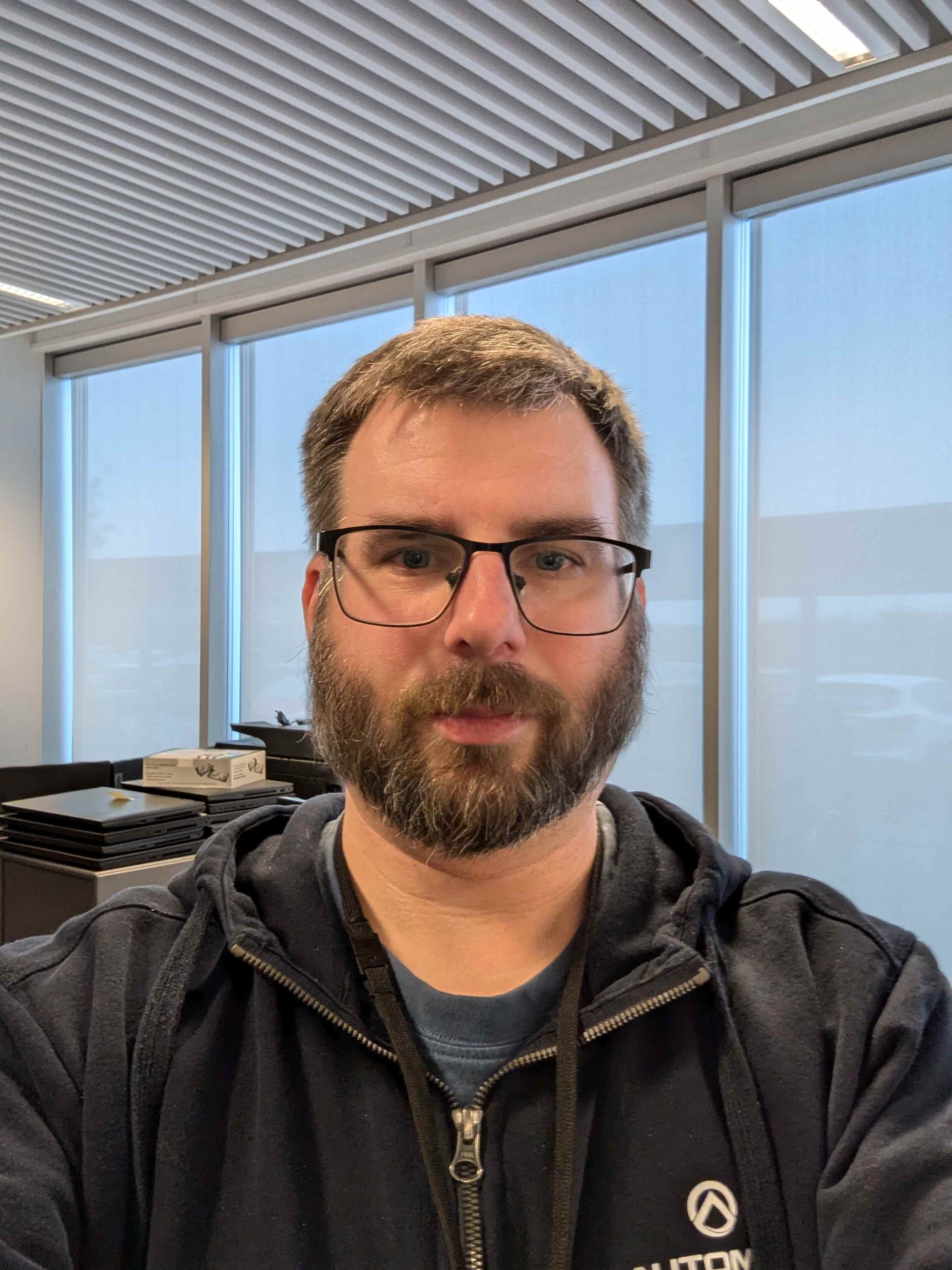I’m curious how software can be created and evolve over time. I’m afraid that at some point, we’ll realize there are issues with the software we’re using that can only be remedied by massive changes or a complete rewrite.
Are there any instances of this happening? Where something is designed with a flaw that doesn’t get realized until much later, necessitating scrapping the whole thing and starting from scratch?
there are issues with the software we’re using that can only be remedied by massive changes or a complete rewrite.
I think this was the main reason for the Wayland project. So many issues with Xorg that it made more sense to start over, instead of trying to fix it in Xorg.
And as I’ve understood and read about it, Wayland had been a near 10 years mess that ended up with a product as bad or perhaps worse than xorg.
Not trying to rain on either parade, but x is like the Hubble telescope if we added new upgrades to it every 2 months. Its way past its end of life, doing things it was never designed for.
Wayland seems… To be missing direction?
I do not want to fight and say you misunderstood. Let’s just say you have been very influenced by one perspective.
Wayland has taken a while to fully flesh out. Part of that has been delay by the original designers not wanting to compromise their vision. Most of it is just the time it takes to replace something mature ( X11 is 40 years old ). A lot of what feels like Wayland problems actually stem from applications not migrating yet.
While there are things yet to do, the design of Wayland is proving itself to be better fundamentally. There are already things Wayland can do that X11 likely never will ( like HDR ). Wayland is significantly more secure.
At this point, Wayland is either good enough or even superior for many people. It does not yet work perfectly for NVIDIA users which has more to do with NVIDIA’s choices than Wayland. Thankfully, it seems the biggest issues have been addressed and will come together around May.
The desktop environments and toolkits used in the most popular distros default to Wayland anlready and will be Wayland only soon. Pretty much all the second tier desktop environments have plans to get to Wayland.
We will exit 2024 with almost all distros using Wayland and the majority of users enjoying Wayland without issue.
X11 is going to be around for a long time but, on Linux, almost nobody will run it directly by 2026.
Wayland is hardly the Hubble.
GUI toolkits like Qt and Gtk. I can’t tell you how to do it better, but something is definitely wrong with the standard class hierarchy framework model these things adhere to. Someday someone will figure out a better way to write GUIs (or maybe that already exists and I’m unaware) and that new approach will take over eventually, and all the GUI toolkits will have to be scrapped or rewritten completely.
Desktop apps nowadays are mostly written in HTML with Electron anyway.
Which - in my considered opinion - makes them so much worse.
Is it because writing native UI on all current systems I’m aware of is still worse than in the times of NeXTStep with Interface Builder, Objective C, and their class libraries?
And/or is it because it allows (perceived) lower-cost “web developers” to be tasked with “native” client UI?
Probably mainly a matter of saving costs, you get a web interface and a standalone app from one codebase.
deleted by creator




